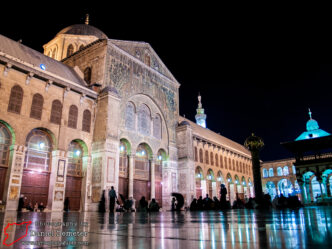
Damascus – Umayyad Mosque دمشق – الجامع الاموي
The most important monument in Damascus (دمشق), and perhaps the entire country, is the magnificent Umayyad Mosque (الجامع الاموي). No single historic …

The most important monument in Damascus (دمشق), and perhaps the entire country, is the magnificent Umayyad Mosque (الجامع الاموي). No single historic …
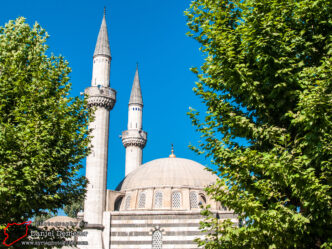
al-Tekiyeh al-Suleimaniyeh Mosque (جامع التكية السليمانية) has been described as the finest example of Ottoman architecture in Damascus (دمشق). Designed by the …
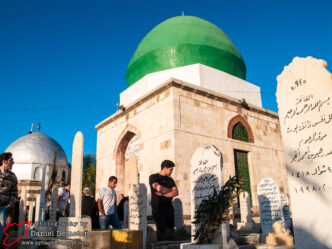
Bab al-Saghir Cemetery (مقبرة الباب الصغير), located south of the old city, is the most noteworthy of the many historic cemeteries in …
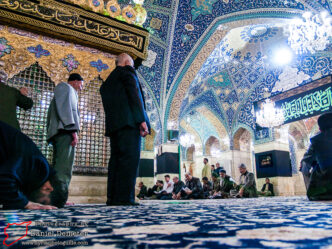
One of the most important Shia pilgrimage sites in Syria is the fascinating al-Seida Raqiyeh Mosque (جامع السيدة رقية). This modern, Iranian-style …
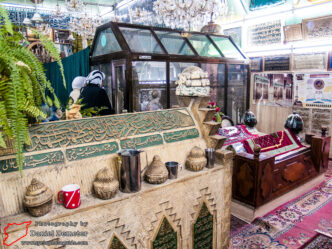
Mohi al-Din Bin Arabi Mosque (جامع محي الدين بن عربي) is a fascinating place of worship in the northern Damascus (دمشق) district …
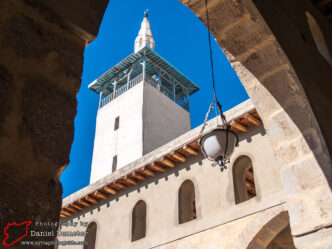
al-Hanabaleh Mosque (جامع الحنابلة), in the northern district of al-Salhiyeh (الصالحية), is the oldest surviving mosque in Damascus (دمشق) after the Umayyad …
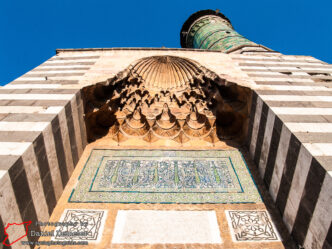
al-Sinaniyeh Mosque (جامع السنانية) was constructed in 1590-1591 under Sinan Pasha, the Ottoman governor of Damascus (دمشق) from 1589 to 1593, and …
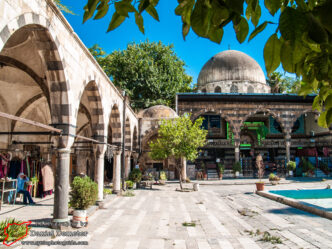
Madrasa Selimiyeh (مدرسة سليمية) is religious school from the Ottoman period that is attached to the larger al-Tekiyeh al-Suleimaniyeh Mosque (جامع التكية …
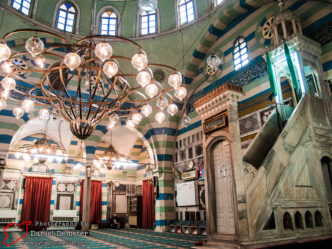
The modest but attractive al-Darwishiyeh Mosque (جامع الدرويشية) is located just beyond the western edge of the old city of Damascus (دمشق). …
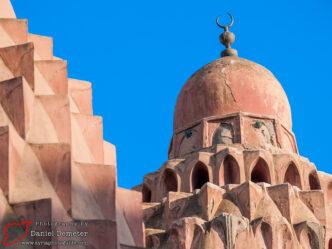
Hidden away in the markets of the old city of Damascus (دمشق) is Nur al-Din al-Shahid Mosque (جامع نور الدين الشهيد), the …